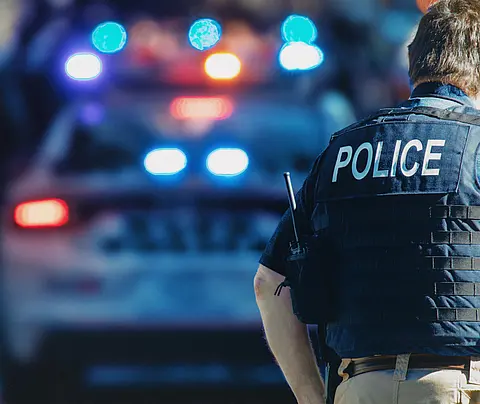Current procedures threaten to undermine Good Samaritan laws, dissuade people from seeking help in future
RESEARCH TRIANGLE PARK, N.C. — A new study from RTI International, a nonprofit research institute, has found a pressing need to rethink standard operating procedures for law enforcement in overdose response situations to ensure Good Samaritan laws are not undermined and that people are not deterred from requesting emergency services in the future.
The qualitative study examined officers’ experiences with overdose response, including their perceived roles, and what happens on scene before, during and after an overdose incident.
Officers who participated in the study said that overdose victims are commonly required to go to a hospital, or they are taken to jail. They also described their duties on scene during and after naloxone administration, which many said included running warrant checks, searching the belongings of the person who overdosed and seizing drug paraphernalia.
“Our findings suggest that law enforcement agencies should re-examine their procedures related to overdose calls for service, especially those related to searches and seizures and arrest policies,” said Hope Smiley-McDonald, Ph.D., a research sociologist at RTI and lead author of the study. “Current procedures risk dissuading people from seeking future assistance when someone is experiencing an overdose.”
The research team notes that previous studies show that post-overdose medical attention is rarely needed, and punitive measures, such as warrant checks, sending victims to jail and seizing drug paraphernalia, threaten to undermine the intention of laws that offer legal protection to people who assist overdose victims, typically referred to as Good Samaritan laws.
In-person interviews were conducted with 17 officers in four diverse law enforcement agencies in the U.S. between January and May 2020.
“With overdose rates increasing in the U.S., law enforcement will continue to be called upon to respond to these situations, so there needs to be a sense of urgency around this issue,” added Smiley-McDonald. “Law enforcement agencies should consider tapping people with lived experiences in these situations to create victim-focused policies and procedures.”
The study was published in Health & Justice.

RTI International Media Relations:
